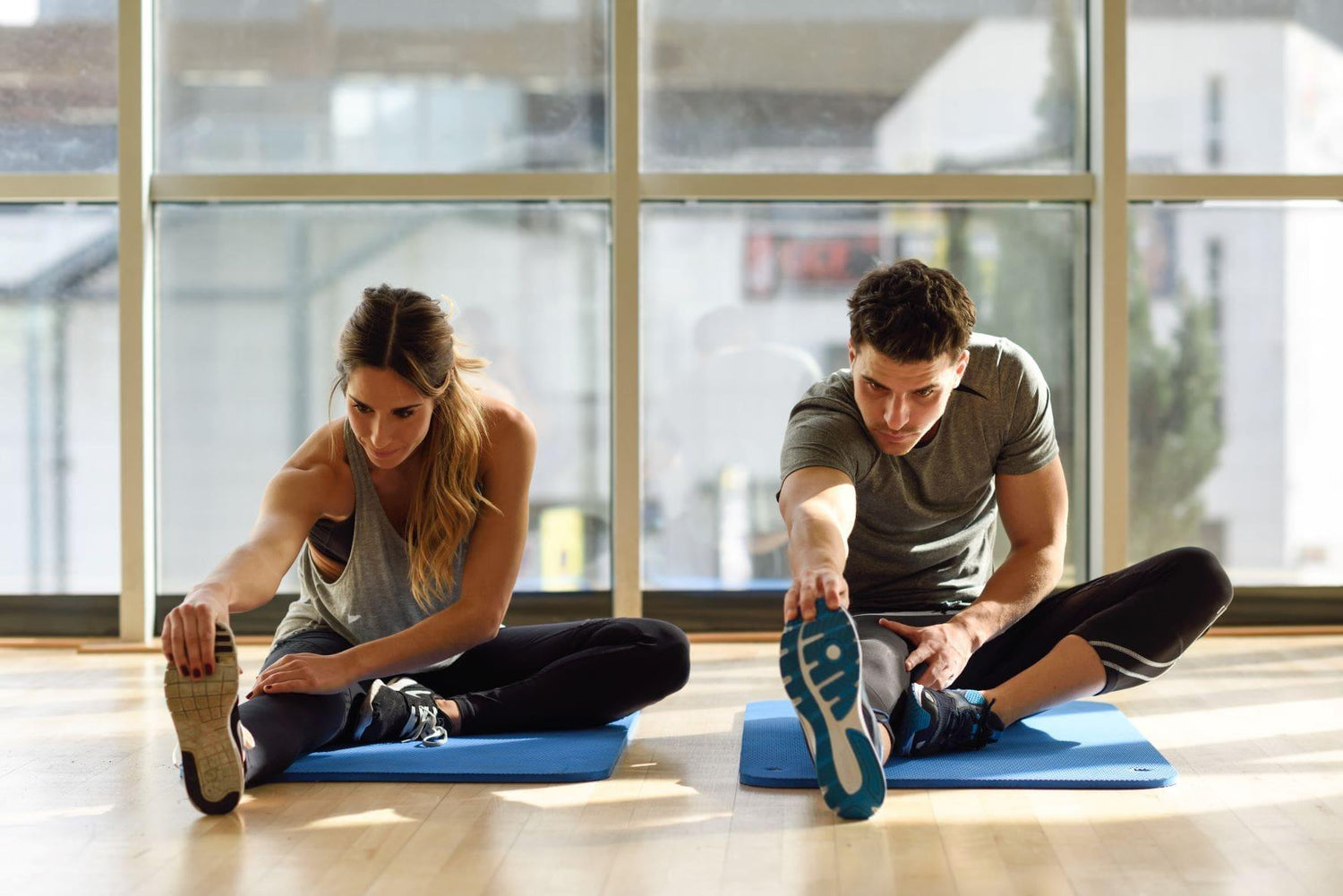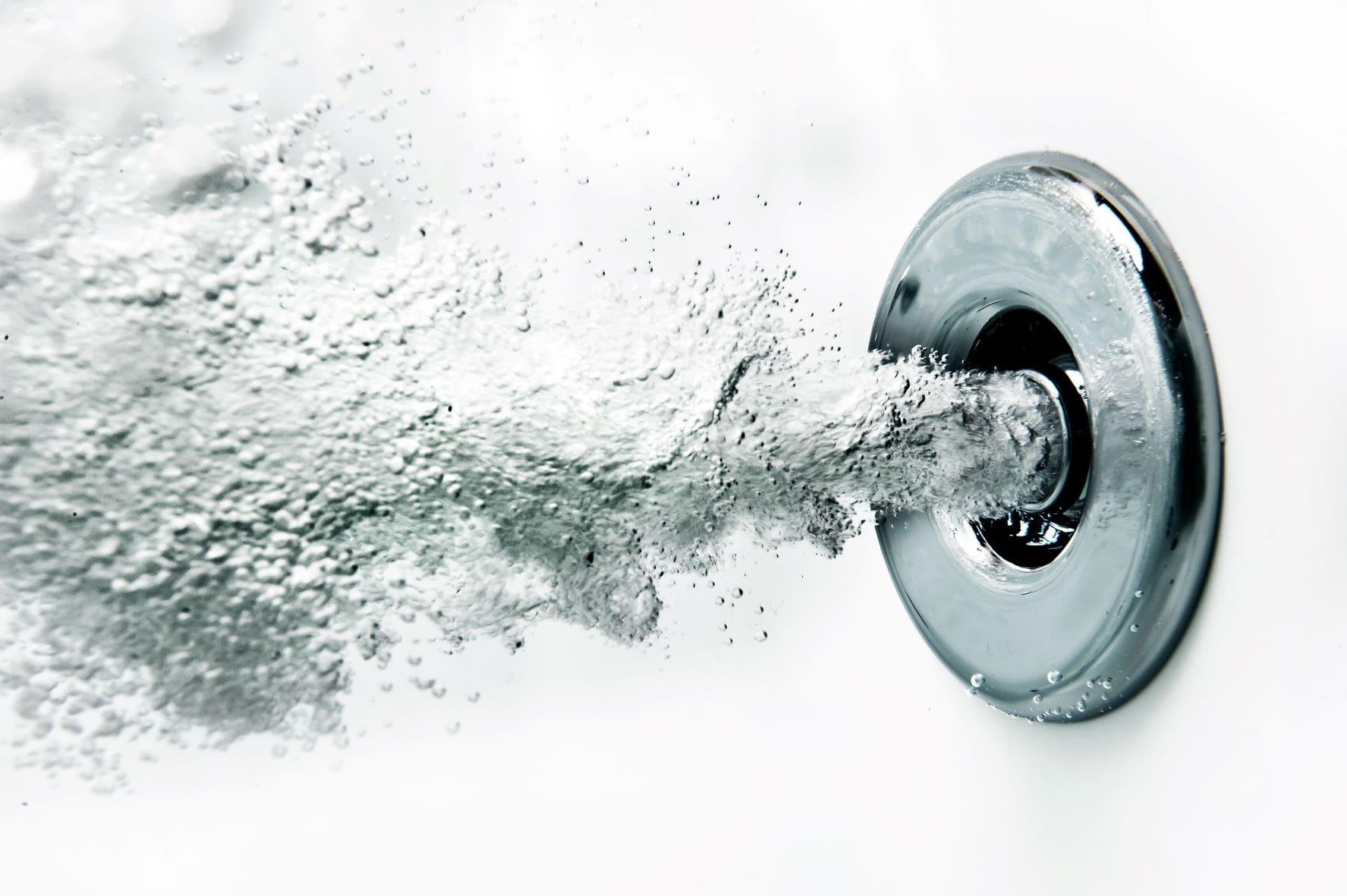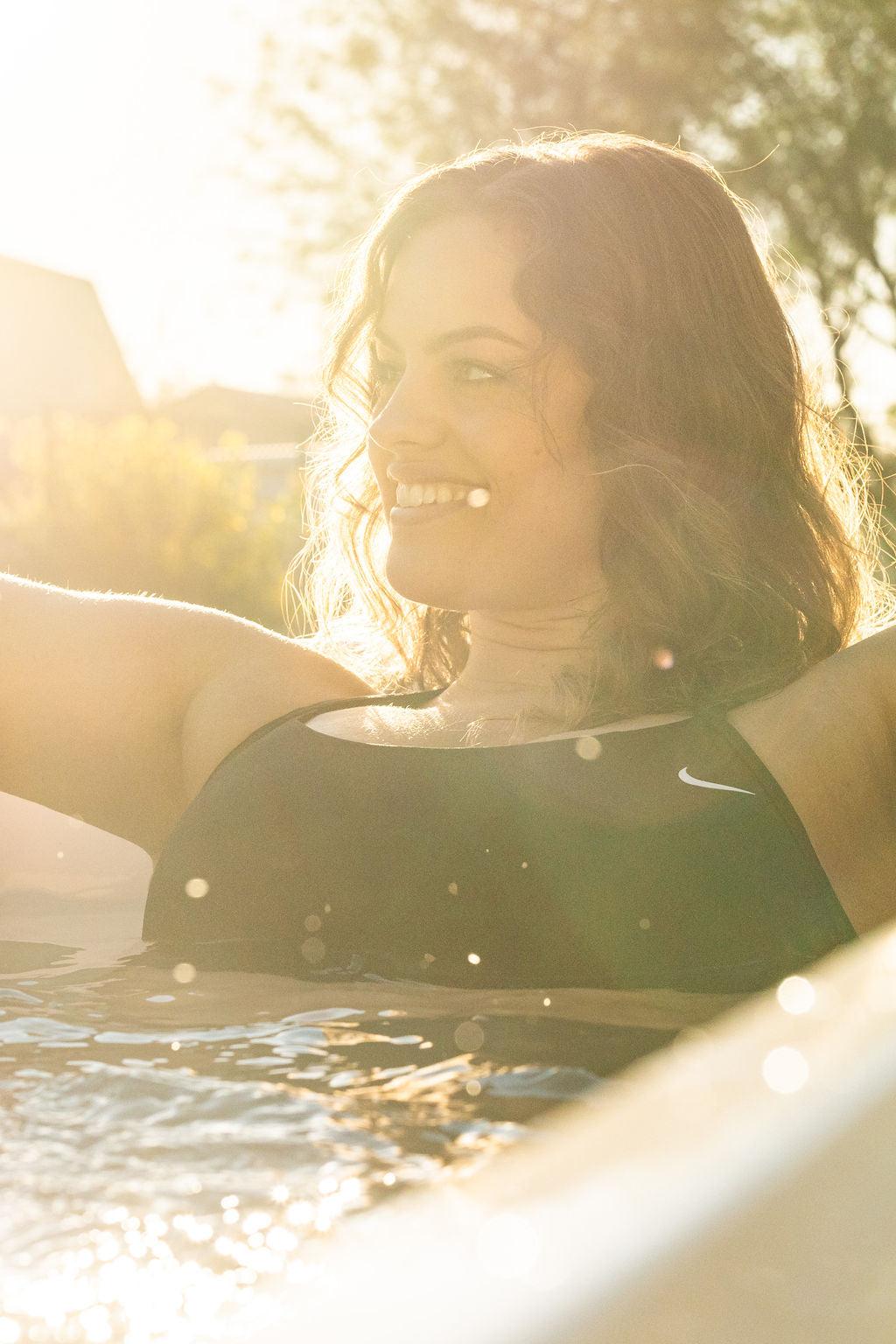
Most professional athletes know the importance of an effective recovery routine to get the most out of their training and perform at their best. For the rest of us, recovery routines often just mean taking some time off working out. However, you don’t have to be a professional athlete to see incredible results from adding a simple recovery routine into your life. Effective recovery can be quick, easy and repeatable. Here is what you need to know about building the ultimate recovery routine with the right mix of hot and cold therapy.
Key Elements of a Recovery Routine
For those of us that don’t have the luxury of working with professional trainers and physical therapists, it’s understandable to not have a great understanding of what should be included in a recovery routine. Here are a few key things that everyone should include in their simple recovery routine:
1) Hydrate, Hydrate, Hydrate
Most people simply do not drink enough water. Finding a structured way to make sure you are drinking enough water is the best way to improve your workout and speed up your recovery. For starters, make sure you are drinking between 16-24 ounces (2-3 glasses) of water a few hours before your workout. If you workout in the morning, make sure to drink a couple glasses of water when you wake up and give yourself some time to digest before starting your workout. It is also essential to drink water regularly during your workout and drink another 2-3 glasses of water after you have cooled off from the workout.
2) Stretching Routine
Stretching for just 5 to 10 minutes after every workout is one of the best ways to improve your recovery and avoid injuries. Adding full stretching routines or yoga into your recovery days can help even more. Even if you are pressed for time, it is better to cut your workout short and include some stretching after you finish. Most people do not dedicate enough time to cooling down from the workout and open themselves up to more injuries because of it. MadFit has a great YouTube video with a simple 5 minute post-workout stretching routine that helps you cool down and improve your recovery. Going through a quick routine like this is always a great way to take a break at work or anytime you’re feeling stiff or sore.
3) Prepare Simple Post Workout Foods
Making sure you have healthy foods ready to eat right after your workout should be an essential part of a great recovery routine as well. Eating healthy regularly will help overall recovery, but it is especially important right after finishing your workout to eat something with carbohydrates and protein. Some simple suggestions are yogurt, fruit, smoothies, lean meats, and vegetables. Healthline provides some great options for post workout snacks and meals if you are looking for some new options. The simple key is prepping these options before your workout so they are ready for you to eat after you have cooled off and stretched.
4) Schedule Recovery Times/Days
Most people that exercise regularly have created a schedule that allows them to find time for their workouts. But did you know that you should also be scheduling in specific times for recovery? Nearly all professional athletes have strict rest and recovery schedules and it's just as important for the rest of us - dedicating certain times and days to recovery can help ensure we get the most out of our bodies without risking major injuries.
There are lots of different activities you can do to aid your recovery. Things like stretching, yoga, cold plunge, sauna, and massage all have a place in an effective recovery routine. Stretching is great for improving flexibility, while yoga helps improve strength, balance and coordination. Cold plunges help reduce inflammation, while sauna sessions can help with detoxification. Massage helps relieve tension and tightness in muscles, improves circulation and boosts immunity. Body weight or dynamic workouts can even help with strengthening and conditioning, while promoting recovery. It is certainly best to work with a professional trainer or physical therapist if you want to develop the best recovery plan for you, but there’s no reason anyone can’t experiment with days dedicated to one or more of these activities.
5) Leverage the Benefits of Hot and Cold Therapy
Centuries of use have proven that hot and cold therapy can be an invaluable part of a comprehensive recovery routine. Alternating hot and cold temperatures can reduce muscle pain and soreness, reduce inflammation, improve circulation, and reduce swelling. It is important to remember the best recovery routine with hot and cold therapy for you requires an individualized approach, as each person may have different needs and goals. When used correctly and in combination, hot and cold therapy can be an invaluable part of a comprehensive recovery routine. Building the ultimate recovery routine with hot and cold therapy is not a one-size-fits-all approach, as each individual may have different needs and goals.
There are some general guidelines to follow when combining hot and cold therapy into your recovery routine. To start, it is important to understand the benefits of both hot and cold therapies to find the right mix for you. Hot therapy helps to loosen and relax muscles, while cold therapy helps to reduce inflammation and pain. It is also important to determine which type of hot and cold therapy is best suited for your individual needs and situation. Depending on the severity of your injury or soreness, you may require different temperatures and durations of each therapy. Finally, it is important to be consistent with hot and cold therapy to ensure that you get the most out of your recovery routine.
Most importantly, it is essential to be patient and listen to your body as you work through a recovery routine that is tailored to your individual needs. You cannot force or push recovery. It is something you promote by improving your routine as your body allows it. Generally, be consistent and experiment (cautiously and with professional input for any serious ailments) with an assortment of new technology and available options to utilize these age-old methods of recovery.
Before making any major changes to a recovery routine, it is advisable to consult with your physician, especially if you have had any major injuries or health issues in the past. SERIOUSLY! WE’RE NOT DOCTORS!
Types of Hot and Cold Therapy
When it comes to building the ultimate recovery routine, hot and cold therapy can be a powerful combination. Heat therapy, cold therapy, and alternating hot and cold therapy can all be used to help improve recovery. Heat therapy works by increasing blood flow and circulation to the affected area, which can help reduce muscle tension, reduce pain, and improve joint mobility. Cold therapy is also beneficial, as it helps reduce inflammation and swelling, while also numbing the affected area and providing temporary pain relief. Alternating hot and cold therapy is a great option for those looking to get the most out of their recovery routine, as it helps to increase blood flow, reduce inflammation, and provide pain relief. Alternating hot and cold therapy can also be used to target specific areas for maximum benefit. By combining all three types of hot and cold therapy, you can create an amazing recovery routine that will help you to quickly and effectively recover from an injury or illness.
Benefits of Combining Hot and Cold Therapy
Building the ultimate recovery routine with hot and cold therapy is an effective way to reduce pain, speed up recovery time, and optimize overall health. Combining hot and cold therapy can provide a range of benefits, from improved circulation to reduced muscle tension and enhanced mobility. Hot therapy can improve circulation by increasing blood flow to the affected areas, while cold therapy can reduce inflammation and muscle tension. By alternating between hot and cold, you can reap the benefits of both and improve your recovery routine. Improved circulation helps to nourish the cells and tissues with oxygen and other nutrients, resulting in healthier muscles and joints. This can help to reduce muscle tension and reduce pain, allowing for better range of motion and enhanced mobility. In addition, the alternating temperatures can help to bring down swelling and reduce inflammation, allowing you to achieve a more comfortable level of recovery. Combining both hot and cold therapy can be a great way to speed up your recovery time and optimize your overall health.
How to Build the Ultimate Recovery Routine
Creating the ultimate recovery routine can be daunting, but it doesn’t have to be. Combining the power of both hot and cold therapy can be an effective way to reduce pain, reduce inflammation, and speed up the recovery process. To get started, here are the most effective ways to build the ultimate recovery routine with hot and cold therapy. The first step is selecting the right products. You’ll want to choose products that are specifically designed for hot and cold therapy. These products should be made of materials that are safe and non-toxic, and they should be able to retain heat or cold for the optimal amount of time. Additionally, they should be comfortable and easy to use.
The next step is establishing a schedule. You’ll want to use hot and cold therapy in alternating sessions - one session of hot therapy, followed by one session of cold therapy. This allows your body to experience the full range of benefits that hot and cold therapy have to offer. It’s also important to keep track of the amount of time you spend on each session, as this will help you to maximize the results of your recovery routine. Finally, it’s important to incorporate other recovery techniques into your routine. Stretching, foam rolling, massage, and other types of bodywork can all be beneficial in helping your body to heal and recover. By combining these techniques with hot and cold therapy, you can create an effective recovery routine that will help you to stay healthy and active.
Creating the ultimate recovery routine with hot and cold therapy is not only possible, but it can be incredibly effective. By selecting the right products, establishing a schedule, and incorporating other recovery techniques, you can build a routine that will help you to reduce pain, reduce inflammation, and speed up the recovery process.
Combining hot and cold therapy is a great way to build the ultimate recovery routine. Through alternating between hot and cold treatments, you can improve circulation, reduce inflammation, and provide relief for your aches and pains. To build the ultimate recovery routine, it is important to understand how long to apply the heat or cold, the temperature to use, and the techniques to apply. When it comes to hot and cold therapy, the key is to use them alternately and avoid overuse. To begin, start by applying a hot pack to the affected area for 5-10 minutes before switching to a cold pack for another 5-10 minutes. During the cold session, it is important to use a cold temperature that is comfortable and bearable. After the cold session, move to the hot session and repeat the process. The alternating hot and cold treatments stimulate circulation and provide relief from pain, inflammation, and stress. With the combination of hot and cold therapy, you can build an ultimate recovery routine that promotes healing and overall well being.
If you’re looking for the best way to add cold therapy into your recovery routine, installing a cold plunge tub at home will make it much easier. ReGen cold tubs was founded on that simple idea. We wanted to build a better cold plunge tub that was affordable and performed as good as it looks. Our tubs have a higher flow rate and stronger chiller to make sure they provide the optimal cold plunge experience every time you get in. Order your ReGen tub today.




Leave a comment
This site is protected by hCaptcha and the hCaptcha Privacy Policy and Terms of Service apply.